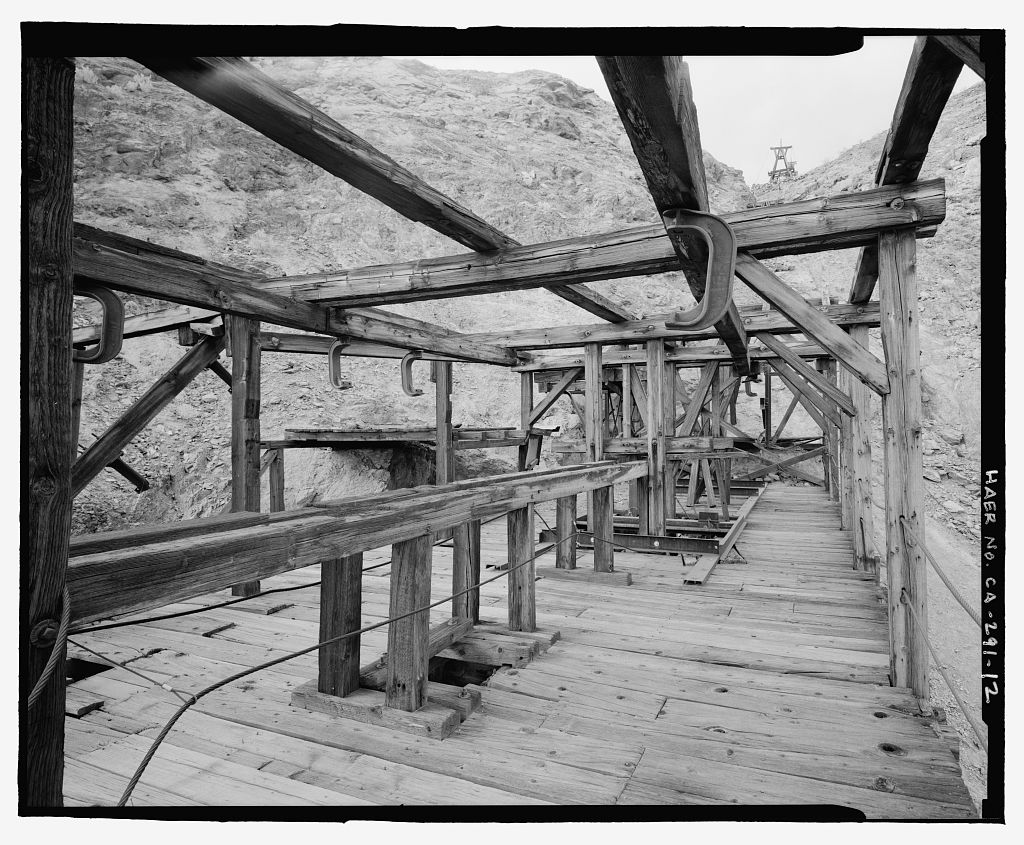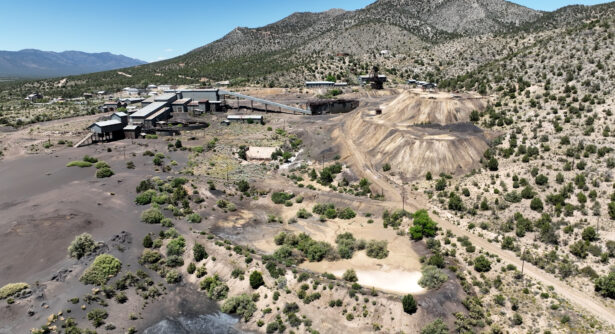
Historic Preservation on Brownfield Sites
The following post is a background for the California Land Recycling Conference Photo Gallery: Disappearing Portals: A View to Historic Brownfields. Register for CALRC.
Many historians will point to America’s Bicentennial as the springboard of the historic preservation movement. At that time, the nation focused on saving the homes of former Presidents and revolutionary battlegrounds, as the northeast rallied to flaunt its participation in the birth of a new nation.
Because of this early, narrow approach, many still view historic preservation as a kind of elitist architectural pickling — preserving only places associated with the white, rich and male. Even today, historic preservation often retains a reputation as a nebulous luxury. But in recent years, historic preservation and land recycling (brownfield reuse) initiatives have begun to align in an effort to combat issues such as climate change, economic development, placekeeping, and equitable justice at the local community level. Brownfield sites and historic properties should not be seen as separate. They are likely neighboring properties, if not one-in-the-same.

Ruins of Industrial Shops, San Juan Capistrano, CA. Archived in the Library of Congress Web Archives, HABS CA-2792-5.
The many layers of history at a brownfield site should help guide decision making for its future. How was the land used? Was the property a former sacred site or trading area? Does this old warehouse reflect the industrial past of the town? Through community engagement, the answers to these questions can influence the landscaping plan, direct public art and site activations, and generate marketing material that has meaning and relevance to the community.
Examples may be a deteriorated fruit packing shed on the outskirts of town or a vacant lot smack in the middle of Main Street. The fruit packing shed, once a hub of agricultural activity in the community, sits isolated and out of context because the orchards that surrounded it have been replaced by a housing development or a strip mall. The empty Main Street lot is the former site of an early Japanese community center that was seized and later demolished as part of the Japanese-American incarceration and internment during WWII.
Some historical sites may not be pretty to look at but there is history here, and that history may be important to the cultural significance of the community. Cultural significance refers to the understanding of, and genuine regard for, that which is native to, or settled, occurred, or built upon that site previously. It is at the core of historic preservation and the development of brownfield sites in ways that protect and accentuate this history.
It is also important to consider that skeptics of redevelopment have warranted concerns.
Some people will point to the late 1970s when citizens revolted against the practice of demolishing entire neighborhoods in the name of progress, or Urban Renewal as it was called. Many buildings with historic significance including Boise Idaho’s original City Hall were demolished and replaced with new homes and places for a wealthier, whiter resident that laid claim to spaces once occupied by majority minority communities, or low-quality replacements for the history that was demolished, such as stripmalls, parking lots, or undeveloped lots. Downtown areas became retail deserts as newly constructed malls were built on the outskirts. When businesses moved out of town centers, so did civic services, and residents who could afford to relocate to the suburbs.
The Interstate Highway System also helped change the Historic Preservation Movement. At its best, the new highways passed small towns and urban communities, taking the economic bottom out of communities and leaving buildings underutilized or vacant. At its worst, entire neighborhoods were demolished when racist zoning (Redlining) and eminent domain practices allowed for the taking of private homes and businesses, specifically in already underserved neighborhoods and communities of color. A prominent example is Sugar Hill, an affluent black Los Angeles neighborhood that was bisected by the Santa Monica Freeway. People who protested this destruction were categorized as extremists and anti-progress, resulting in a decades-long pushback from policy makers and real estate developers.
Others see historic preservation as an off-shoot of the environmental movement. Simply put, if cities and towns recycle cans and bottles, why not recycle buildings to prevent construction waste from going into landfill? While well intentioned, this approach led to a wave of design practices where pieces of historic buildings were fused onto new construction, creating Frankenstein-like architecture. Another approach for large-scale development was the relocation of several historic buildings from one side of town to the other, and arranged as a sort of architectural petting zoo away from the “new downtown”.

Industrial Doors and Windows, Winehave Storage Center, Richmond, CA. Archived in the Library of Congress Web Archives, HABS CAL,7-RICH,2A-12.
Given this history, discussions about why a place is important does need some guard rails, and as professionals we use the National Park Service Guidelines and other NPS technical briefs as well as the California Environmental Quality Act to guide decisions regarding historic and cultural significance.
By integrating historic preservation — or cultural resource protection — practices with the technology of recycling brownfield sites, communities can adopt a more holistic and inclusive approach to address issues around climate change, economic development, placemaking and equitable justice. The transformation of a single site has a direct influence on future developments and the treatment of existing properties. It’s an opportunity to redirect, and perhaps heal, the environmental injustices of the past, while maintaining a record and history of that past. This two-prong approach can improve the physical, psychological and economic health of communities in the future.
Happy Hour + Photo Gallery – Disappearing Portals: A View to Historic Brownfields
Bonus Events
5:00 PM – 6:30 PM, Atrium
Often overlooked or underappreciated, brownfield sites hold the potential to contribute to their surrounding environment, either for new development or as portals to the past. Pulled from a much larger collection, these images offer a small sampling of photographs from the Historic American Buildings Survey and the U.S. Farm Security Administration/Office of War Information. They are intended to bring awareness to the legacy of historic buildings and structures that existed on the American landscape. The intention of this gallery is to spark an appreciation for the beauty in brownfields, so that we can make thoughtful and considerate choices for their stewardship and reuse going forward.
The Historic American Buildings Survey (HABS) is the nation’s first federal preservation program, begun in 1933 to document America’s architectural heritage. Creation of the program was motivated primarily by the perceived need to mitigate the negative effects upon our history and culture of rapidly vanishing architectural resources. The HABS collection is intended to represent “a complete resume of the builder’s art.” Thus, the building selection ranges in type and style from the monumental and architect-designed to the utilitarian and vernacular, including a sampling of our nation’s vast array of regionally and ethnically derived building traditions.




